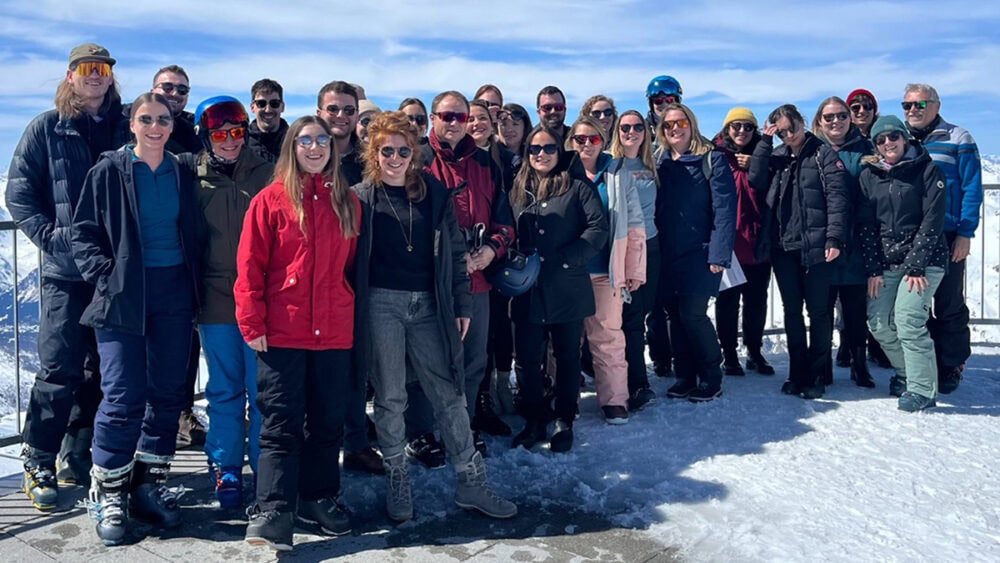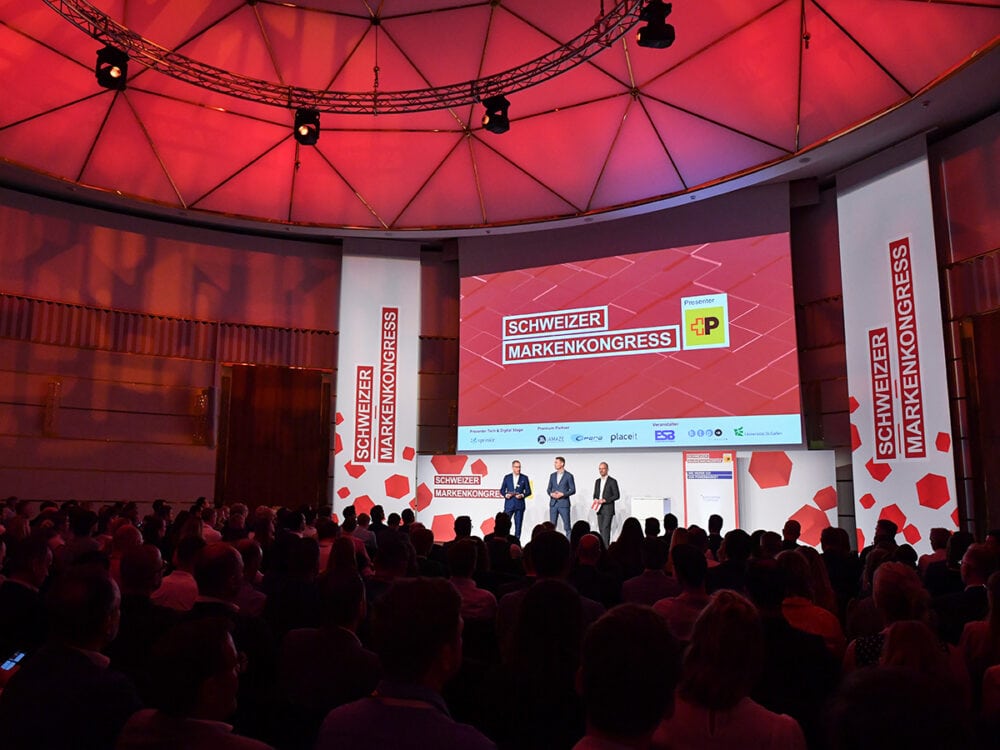Rethink #3: Software does not make events
Fueled by the Corona crisis, digital communication and virtual events have become must-haves from now on. Conveniently, many different software tools are available as quick fixes. However, it is a fallacy to believe that an analog event automatically "translates" to an equivalent virtual experience once you have only chosen the right tool, explains Maximilian Souchay in the last part of his "Rethink" article series.
Fueled by the Corona crisis, digital communication and virtual events have become must-haves from now on. Conveniently, many different software tools are available as quick fixes. However, it is a fallacy to believe that an analog event automatically "translates" to an equivalent virtual experience once you have only chosen the right tool, explains Maximilian Souchay in the last part of his "Rethink" article series.
If you start with the origin of the word "tool", you quickly have a suitable comparison in mind: Imagine you want to build a built-in wardrobe for a friend. You get wood and screws, a saw and a cordless screwdriver. This means that you basically have the right tools and starting materials at hand. Nevertheless, most people would probably not just go ahead and build it. Even the most beautiful built-in cabinet is useless if it does not fit into the intended position. Only with the right dimensions and requirements in mind, a concept can be designed. Only in the next step does the carpenter make a plan and select his tools.
Conceptlessly missing the target
What seems logical to us with a real piece of furniture is often forgotten in the whirl of turbo-digitization: According to the guiding principle "Form follows Function" or "Form follows Content", a design works best when the form is derived from the purpose and the form from the content. When applied to virtual and hybrid event forms, I am of the opinion that software alone does not make an event, and event tools are no more than a means to an end.
If you start your event planning with the software selection, you force yourself into a creative corset - one possible reason why hybrid events are currently considered a medium of still remain far below their potential. In the worst case, the event remains without personal connection and is quickly forgotten, just as my colleague Jonathan last week described. The desired emotional activation fails to materialize, and the event has forfeited its greatest marketing advantage.
The story sets the tone
To maximize the impact, virtual experiences should also be tailored. Even on a digital level, an event first needs clear goals, strategies and a story - in short, a communication concept. And by all means a different one than its analog counterpart. If you put all the tools at the service of communication, it is easier to create fluid transitions between different event media. From the participant's point of view, the result is a continuous arc of tension with a consistently recognizable look and feel.
For emotional activation of the participants, we start with the personal encounter. This encounter is dramatized and staged, because storytelling and the customer journey are elementary parts of well thought-out concepts, regardless of whether they are analog, virtual or hybrid. The software becomes a communication channel, where the different requirements for software design and live communication are thought through together from start to finish. This allows us to create a seamless user experience in which all touchpoints are a harmonious part of the overall story.
And so the software follows the requirements from the communication concept, because in the end it is not the cordless screwdriver and the saw that build the cabinet - but the carpenter.
* Maximilian Souchay is Founder and Managing Partner at Live Lab. He studied marketing in Bern and cultural management and acting in Liverpool. Before founding Live Lab in 2015, he worked in various leadership positions in the event industry.










